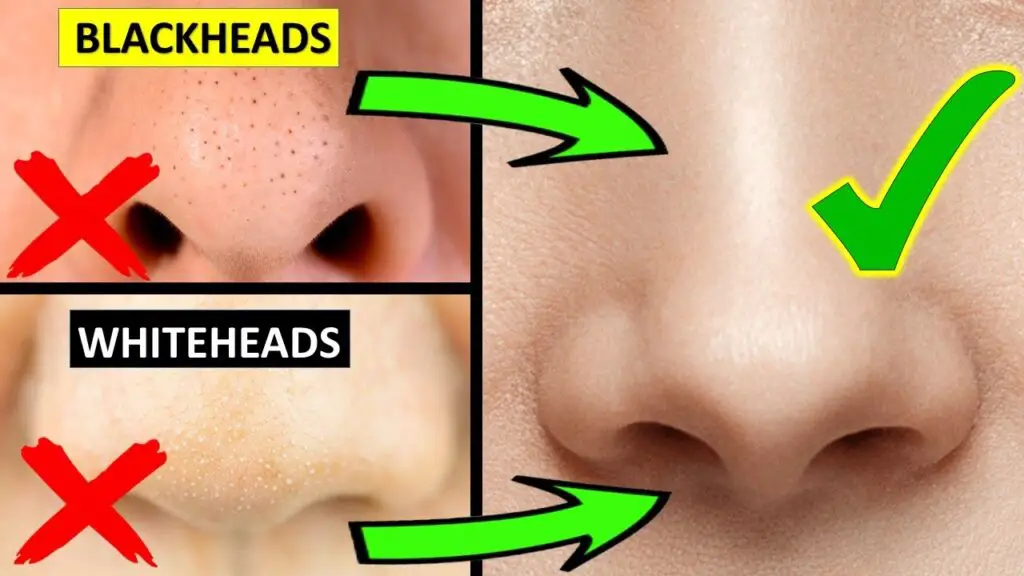Blackheads and whiteheads are both mild forms of acne, and are equally annoying to deal with.
All of us have dealt with blackheads or whiteheads before. No matter how many of them you pop away, they have a habit of returning (and they bring friends along, too). They can show up anywhere on the face or body, but the nose seems to be their favorite spot.
This article will discuss all you need to know about whiteheads and blackheads, and how you get can rid of them once and for all.
What Are Blackheads and Whiteheads?
Each hair follicle in your body has hair and a sebaceous gland that produces ‘sebum.’ It’s your body’s natural oil responsible for keeping your skin soft and moisturized.
Sometimes, the opening to a hair follicle can get blocked by dead skin cells. When that happens, the oils and dead skin cells accumulate inside, resulting in a bump.
If the bump stays closed, it’s a whitehead. If the skin over the bump opens up, the oils interact with the air and turn darker, in which case, a blackhead is formed.
Neither blackheads or whiteheads are good news, as they’re both considered mild forms of acne. Fortunately, you can easily treat them through healthy lifestyle changes, natural acne treatments, and medicines.
Let’s discuss the remedies one by one.
Ways To Get Rid of Blackheads
1. Use a Pore Strip
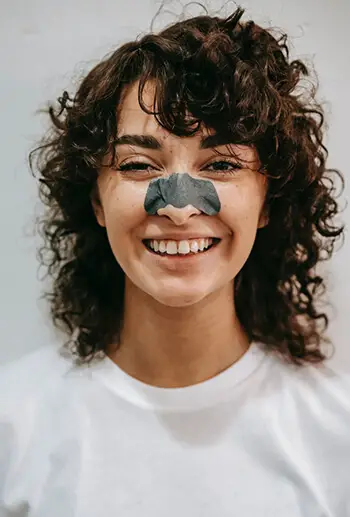
You’ve probably seen pore strips on an oddly satisfying video compilation on the internet. They’re small strips that stick to your nose area. When removed, they pull out visible strands of dirt, oil, and yellow stuff that comprise a blackhead inside your pores.
Pore strips can quickly remove blackheads, but they won’t do much to prevent them. For that, your skin’s oil production needs to be regulated.
Keep in mind that pore strips aren’t as great for your skin as you may think. Along with blackheads, they can also pull out essential natural oils and hair follicles that play a crucial role in keeping your skin healthy. Removing natural oils will lead to dryness and skin irritation.
2. Use Oil-Free Skin Products
Breakouts are caused by excess oil that accumulates inside plugged pores. It’s not the best idea to add more oil to the mix if you’re already got acne-prone skin. Instead, if you are using oily products, switch to using oil-free skincare products like oil-free sunscreen, oil-free moisturizers, toners, and so on.
3. Wash Your Face Regularly
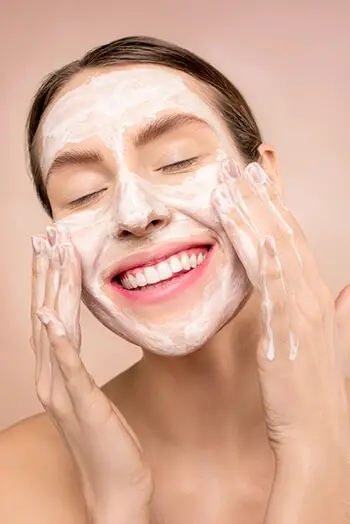
One of the most promising ways to prevent blackheads is to wash your face twice a day.
Among many other causes, bad facial hygiene is one of the most common causes of acne. The more dirt your face collects, the more chances for your pores to get clogged.
To prevent this, make sure you follow a regular schedule for washing your face. Change your pillowcases promptly. Additionally, make sure you wash your face soon after exercising — ideally before the sweat dries. Sweat can also get trapped inside plugged pores along with oil and dirt, so you want to avoid a buildup where you can.
Note, however, that it's important not to over-wash your face, as this can strip the natural moisture away from your skin. Dry skin is also a high risk factor for acne, as dead skin cells clog pores.
4. Black Charcoal Masks
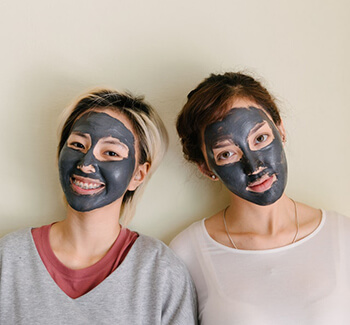
Charcoal is popular in almost all types of cleansing and cleaning products, from shampoos and detoxifiers to masks and toothbrushes.
Like pore strips, black charcoal masks were another beauty product to go viral on the internet a couple of years back.
To use this product, apply it to your face and let it dry off. As you take it off, you should be able to see it pull blackheads out of your pores.
Charcoal has impressive detoxifying properties and can draw dirt and gunk out of your pores like nothing else. If you haven’t tried it yet, an activated charcoal mask is worth a try.
As well as over-the-counter charcoal masks, you can also try activated charcoal pills. Simply pop them open and mix them up with some water to make a DIY mask for blackheads.
5. Remove Excess Oil With Clay Masks
Clay has been used for centuries as a natural agent to remove the skin’s dirt, excess oil, and other matter that clogs pores.
Generally, clay masks aren’t as rough on the skin as most pore strips. While pore strips pull off an entire layer of the skin, clay masks flow into pores and clean out dirt and oil as you gently wash the mask away.
6. Retinol-Based Medicines
Retinoids have proven to be effective against acne when applied topically on affected areas. Most of their success can be attributed to their vitamin A content.
Note that retinoids are not safe to use during pregnancy.
7. Topical Salicylic Acid Gel
Salicylic acid is one of the best ingredients to have in your skincare cupboard if you struggle with clogged pores, stubborn blackheads, or whiteheads.
You can buy salicylic acid gel products to apply topically on your blackheads and whiteheads. However, you shouldn't use salicylic acid all over your body like a moisturiser, as it may cause salicylate toxicity.
8. Exfoliation (To Prevent Clogged Pores)
Exfoliating regularly can be the most effective way to get rid of blackheads for good. You don’t have to do it every day, and exfoliation products don’t have to be rough. In fact, over-exfoliation with rough products can make matters worse due to inflammation.
Instead, it's best to use gentler exfoliation products and follow a spaced-out schedule to exfoliate your face. Exfoliants are the only skincare product that can remove dead skin cells and keep breakouts at a minimum.
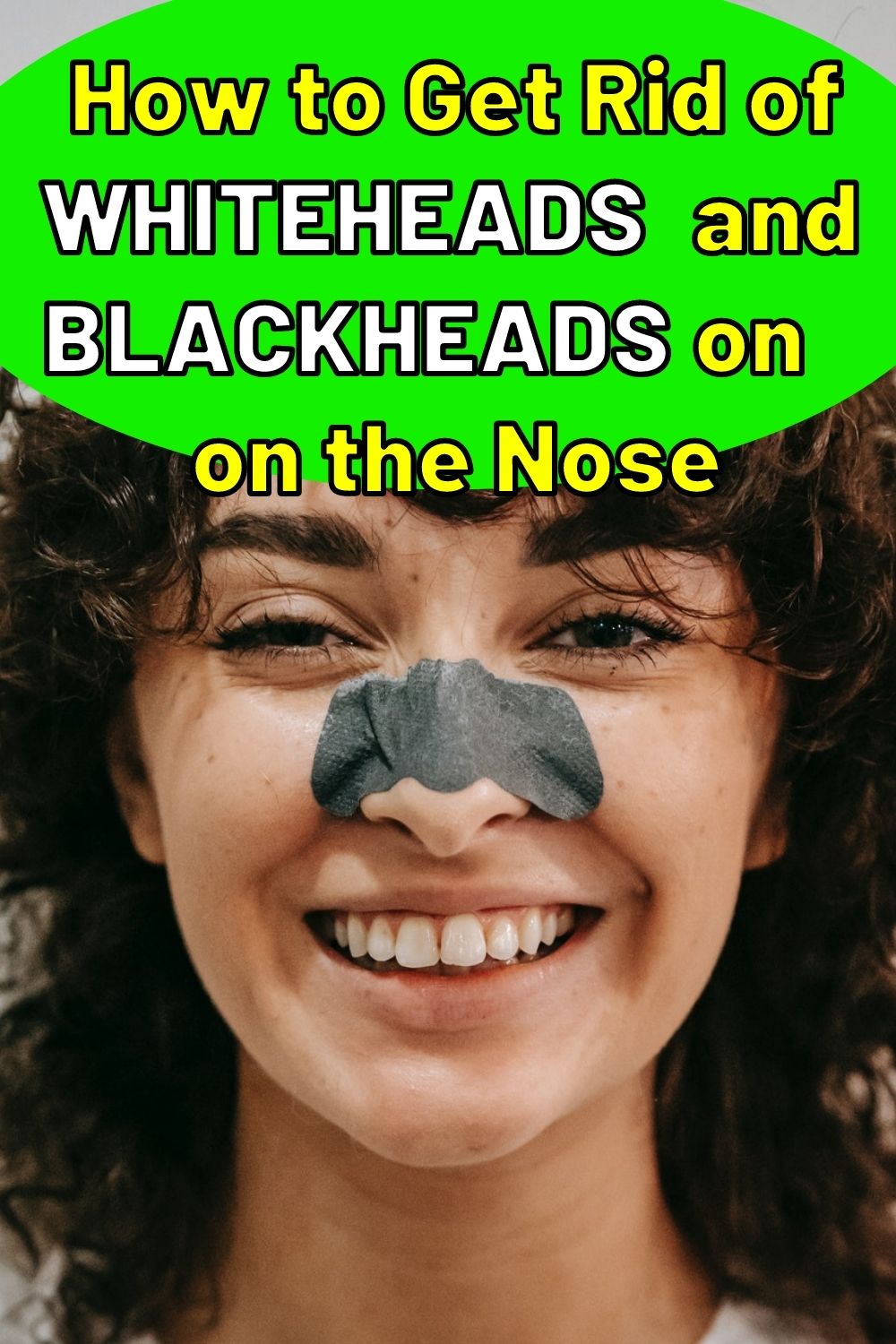
Ways to Get Rid of Whiteheads
Now you know how to get rid of blackheads, let's look at some of the best remedies for treating and removing whiteheads.
Natural Remedies
Keep your hands away
Every time you touch your face, you bring more oil, dirt, bacteria, and irritants to your skin. All of these can clog pores and cause acne.
Stop Popping Your Whiteheads
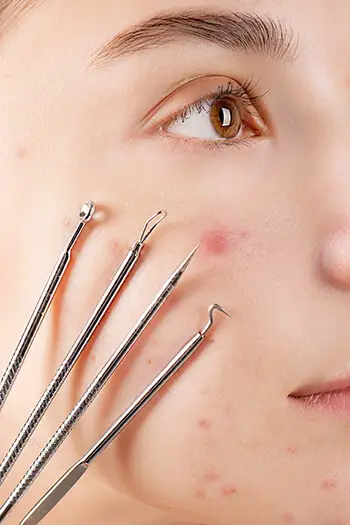
Popping whiteheads is satisfying, but it doesn't help get rid of them faster. In fact, it can do the opposite.
Getting into the habit of popping your whiteheads and pimples can result in scars, irritation, and even more acne. Popping pimples requires touching your face and applying pressure with several fingers, opening doors for new breakouts.
Use Tea Tree Oil
Anti-inflammatory compounds are your best friends in the fight against whiteheads, and tea tree oil is an excellent example.
It also has strong antimicrobial properties, making it a deadly combo for clearing up acne and whiteheads. You can buy tea tree oil-based skincare products or simply mix the oil with a carrier oil and apply directly on the affected areas.
Vitamin A Creams
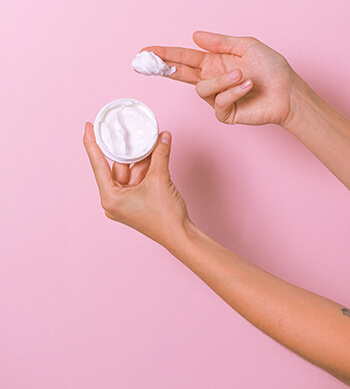
Vitamin A has already mentioned as a remedy for blackheads, but its antioxidant properties make it just as useful against whiteheads, too. Vitamin A is great for your skin health overall, with qualities that reduce inflammation, promote cell growth, and remove redness.
You can easily find organic creams that contain a good helping of vitamin A. However, stay away from vitamin A retinol cream products if you’re pregnant.
Witch Hazel
This miraculous little herb offers everything you need for spotless skin. It’s helpful against many skin diseases thanks to its strong astringent qualities.
Take a piece of cotton and wet it with some witch hazel, then use it on your whiteheads twice a day. You should see results within a week.
Aloe Vera
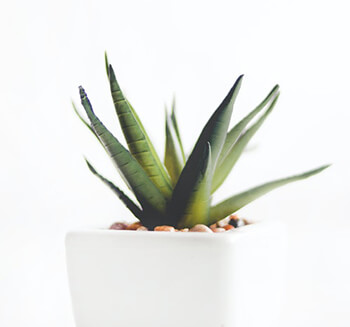
Use aloe vera for its moisturizing and healing properties as a regular part of your skincare routine. According to Mayo Clinic, it helps deal with whiteheads when paired with other acne products.
Treatment Through Over-the-Counter Solutions
If the above natural remedies don’t have much effect, the next best thing is over-the-counter products. However, before taking this route, it’s advisable to consult a dermatologist for professional guidance on your particular case.
Here are the ingredients you should generally look for in over-the-counter products for whitehead treatment.
Salicylic acid
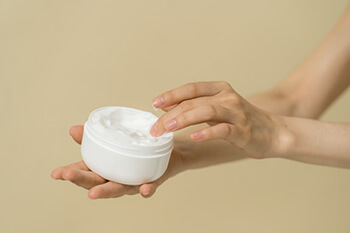
Salicylic acid is highly effective in opening pores by drying out the surface of the skin and encouraging the oil glands to produce less sebum. Benzoyl peroxide also has the same effect, and is even more effective than salicylic acid at reducing inflammation around the affected area.
If you have particularly oily skin, you can use salicylic acid-based products up to 3 times a day. You’ll find gels, moisturizers, creams, toners, and many more skincare items with salicylic acid as their star ingredient.
Make sure you don’t use too many salicylic acid-based products at once, as it can lead to salicylate poisoning.
Retinoid Creams
(Not suitable for pregnant women)
Topical retinoids have had several mentions in this article already, because vitamin A is one of the most effective treatments for all sorts of acne.
Besides unclogging pores and treating whiteheads, OTC retinoids can also provide anti-aging benefits.
Make sure you apply these creams to your entire face and not just on the acne patches.
It’s essential to pair retinoid usage with increased protection against the sun, as stronger retinoids are known for making your skin more sensitive to UV rays. Additionally, retinoid creams may not sit well with certain skin types, so it’s best to consult an expert before trying one of these.
Gentle exfoliants
Exfoliation generally helps with acne that comes from plugged pores. Natural and OTC exfoliation products will both help prevent whiteheads as they wash out the skin’s impurities, dead skin cells, and excess oils.
With over-the-counter exfoliants, it's best to opt for gentle products with finer beads in the formula. This is especially important if you have sensitive skin. A rough chemical exfoliant can easily irritate your skin, doing more harm than good.
Finally, don't use all of the above OTC products at once. They’re all individually capable of treating your whiteheads, so try them one by one and be patient for the results. Give it at least a month, and you’ll most likely see a significant improvement.
In Summary
When it comes to treating blackheads and whiteheads, there are numerous treatments available. It's best to start with natural remedies, and, if these don't work, consult your doctor to figure out which over-the-counter treatments are best suited to your skin type.

